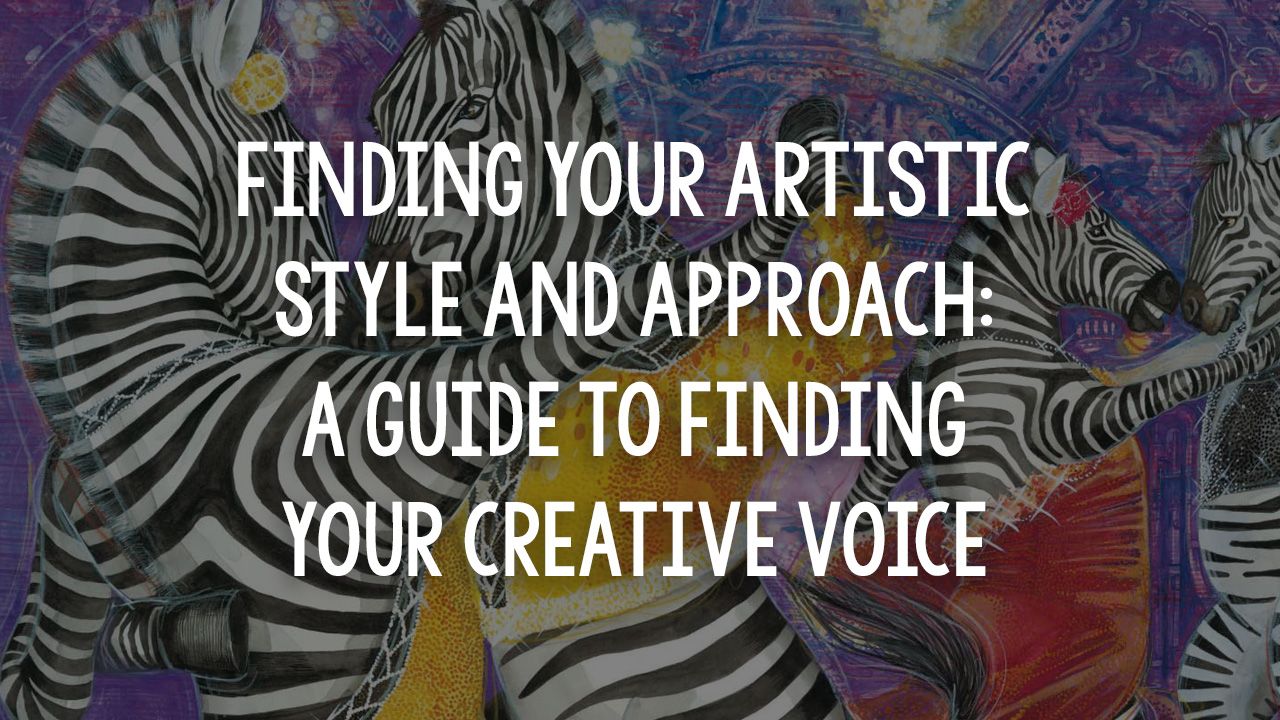Finding Your Artistic Style and Approach: A Guide to Finding Your Creative Voice

No, it is not a problem for illustrators to have different styles across their picture books. In fact, it is quite common for illustrators to evolve and explore different artistic styles throughout their careers. Maurice Sendak is an excellent example of an illustrator who demonstrated versatility and evolved his style over time.

Above are Maurice Sendak's Illustrations from “Presto & Zesto in Limboland” (Harper Collins), “In the Night Kitchen” (Harper Collins) and “Outside Over There” (Lothrop, Lee and Shepard Books).
When comparing Ron Brooks's approach to the illustration in the picture books “Old Pig” and “Fox”, both written by Margaret Wild, it’s like night and day. Brooks' versatility showcases his ability to adapt his illustrations to complement the essence of each story.

As an artist, it’s important to develop and refine your style based on your creative journey, influences, and personal growth. Experimenting with different techniques, mediums, and approaches can help you expand your artistic range and bring fresh perspectives to your illustrations.
It is important to remember that while maintaining a consistent style can help establish your brand and artistic identity, it is not a requirement. Many illustrators find success by showcasing their versatility and ability to adapt their style to suit different narratives, genres, or artistic challenges.
Ultimately, the choice to evolve as an artist and explore various styles is a personal one. Embracing your artistic growth and allowing your style to evolve can lead to opportunities for self-expression and creative development.
Experimenting with diverse interests and creative pursuits can be highly beneficial for illustrators. Here's why:
- Personal Growth: Exploring various creative outlets allows you to expand your skills, knowledge, and experiences. Each new interest can provide unique perspectives, inspiration, and insights that can enhance your artistic development.
- Broadened Perspective: Engaging in different creative activities allows you to experiment using diverse techniques, mediums, and artistic approaches. This broadens your creative perspective and enables you to incorporate a wider range of influences and styles into your work.
- Cross-Pollination of Ideas: By exploring different creative disciplines, you can discover connections and intersections between them. Ideas, concepts, or techniques from one field can inspire innovative approaches in another. This cross-pollination of ideas can lead to fresh and unexpected creative solutions in your picture book stories and illustrations.
- Enhanced Creativity and Problem-Solving: Engaging in various creative pursuits fosters a flexible and adaptable mindset. It encourages you to think outside the box, experiment with different methods, and find unique ways to solve artistic challenges. This flexibility can greatly benefit your storytelling and illustration process.
Bringing your experiences into your illustrations
- Find Inspiration: Look for ways to incorporate elements from your diverse interests into your artwork. For example, you can draw inspiration from nature for character design, use textile patterns in your backgrounds, or infuse your storytelling with elements from dance or music. Perhaps you have two passions, quilting and picture book illustration, explore creating illustrations using fabric and thread. Alternatively, if you are a marine biologist by day, let your underwater experience inspire stories for children. You never know, your unique blend of interests might just lead you to create a best-seller.
- Use each project as an opportunity to grow: Perhaps it's exploring different artistic mediums and techniques. Perhaps you've only worked with watercolour up to this point, and the publisher wants to see more richness and depth, so you're finally going to break out your acrylics. Or maybe you've decided to take on a project that has human characters and you've only ever illustrated animal characters. Embrace the challenge! Each new endeavor is an opportunity for artistic growth and a step toward unlocking your full creative potential.
- Embrace Interdisciplinary Storytelling: Consider how your diverse interests can inform and enrich your storytelling. Find connections between different subjects or disciplines and incorporate them into the narratives of your picture books. This can create layered and engaging stories that resonate with a broader audience. For example, my love of dance has always found its way into my picture books.

Top left, you can see how the costumes in my all-time favorite movie “Strictly Ballroom” found their way onto the pages of my picture book “Ballroom Bonanza”. Oh! And yes that's me on the right, five years ago I competed in the World Salsa Solo in Brisbane. (This routine came second).
Remember, your diverse interests and experiences are part of what makes you a unique artist. Embrace and explore them to bring depth, originality, and personal flair to your picture book stories and illustrations.
When it comes to your illustrations, celebrate you being you!

PS – JOIN THE TREEHOUSE MEMBERSHIP WAITING LIST
If you know you have something special to offer the world of picture books and all you need is a supportive community and a guiding hand to help you bring your vision to life, make sure to join my Treehouse Membership waiting list. Doors are open only until September 15, then closed until April 2024.



